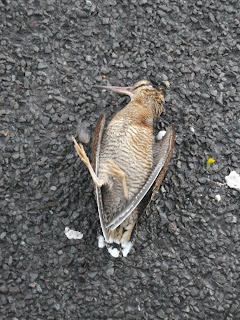28th December 2013
Unless something particularly unusual turns up today was my last patch visit of the year, and I decided to head down to Whitlingham before sunrise in the hope of a last minute addition like a Barn Owl or some flyover wild swans. As I walked along the river at Trowse Meadow Redwings were passing overhead, and six Cormorants flew west. A Great-spotted Woodpecker called, and another one was in a tree near the old Whitlingham lane route. A Nuthatch was also calling from near the car park, and I was surrounded by a flock of Long-tailed Tits.
There was still a large concentration of Gadwall on the Little Broad (c240) and six Shoveler. By the time I had reached the Great Broad the sun was up and creating a two-tone effect of golden reeds and sunshine along the north shore and shadowy frost along the south shore. A flock of 17 Pochard were mixed in with the Coot and Tufted Duck, and a pair of Wigeon were the first I've seen here since January. Three Little Grebes were the only other birds of note from the south shore. I stopped briefly to check out a fallen tree where several types of fungi were growing, before carrying on to the conservation area. Here I noticed an adult Herring Gull with a red ring on its left leg, but unfortunately the combination of distance and bright sunlight meant that I couldn't read it.
Coprinellus sp
So there we go, I end the year having seen a round 100 species of bird at Whitlingham in 2013, lower than the past few years but at least scraping into three figures for the fifth successive year.


















































